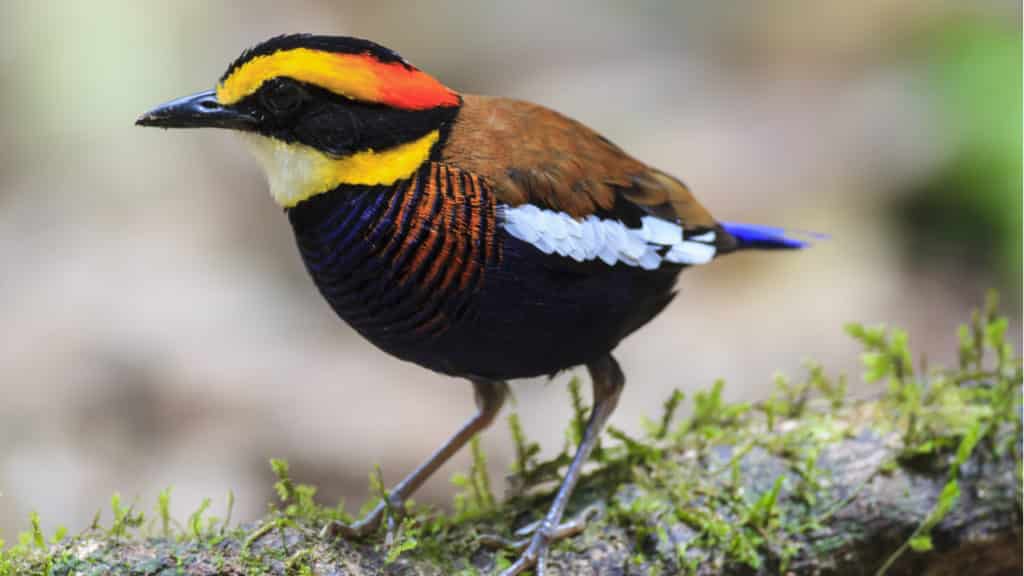July 15, 2019
Humans have disproportionately harmed those places where small-ranged species are concentrated.

Why Saving Small Spaces Matters
In a recent article published in American Scientist, Drs. Stuart Pimm and Clinton Jenkins of Saving Nature make the case for why saving biodiversity means thinking small….as in spaces.
They take a deep dive into setting conservation priorities by analyzing how range size affects the risks of extinction and conclude that species with small ranges are at the greatest risk of extinction. For these species, an area smaller than 1,000 square kilometers is their entire world. When it’s gone, they are too.
Setting aside habitat for species with small ranges is a practical approach to protecting biodiversity in the face unrelenting population growth. Saving Nature applies these principles to set conservation priorities, saving the greatest number of species at risk of extinction with a very cost-effective approach.
We look for opportunities to restore and protect corridors that link habitat remnants to create viable ecosystems for vulnerable and endangered species.
For over a decade, the team at SAVING NATURE has worked with local partners to create wildlife corridors in Brazil, Colombia, Ecuador, India, and the Indonesian island of Sumatra. All areas high in biodiversity and endemism. All areas that have lost a great deal of their once expansive forests.
Read More about the science behind SAVING NATURE and why saving small spaces has a big impact.
Help us save small spaces for endemic species suffering habitat loss.
Copyright 2025 Saving Nature | fGreen Theme powered by WordPress
